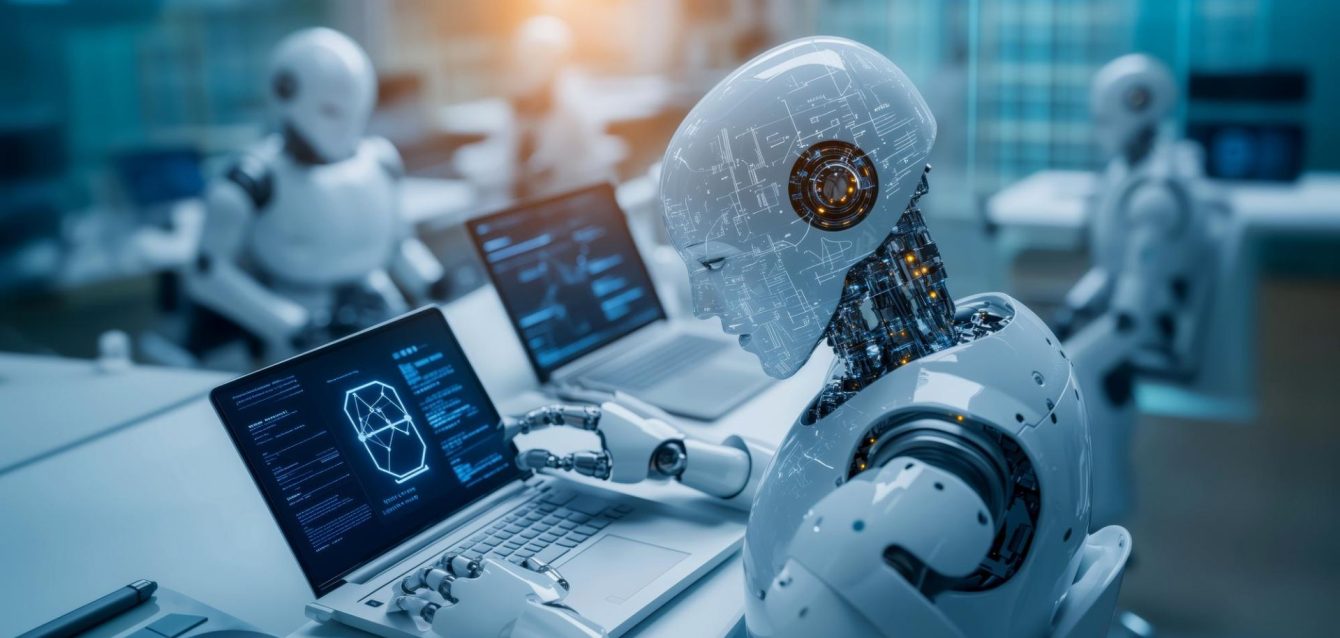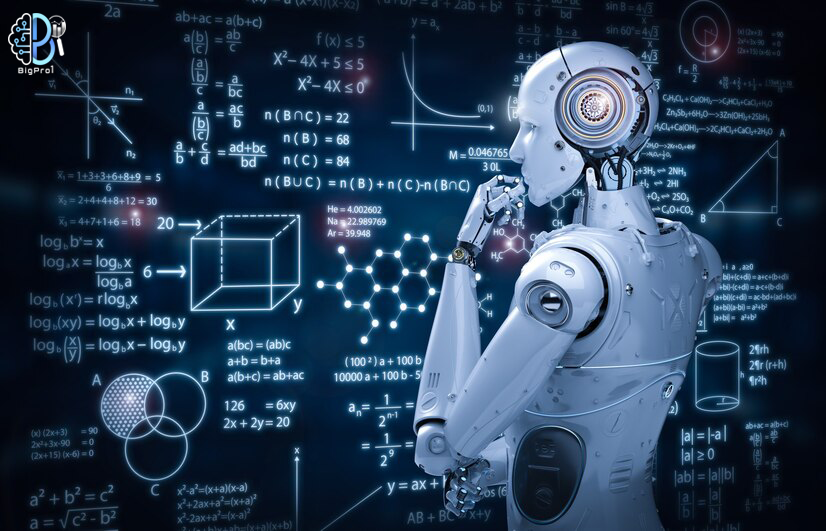
Automated Machine Learning
Let’s start the definition of automated machine learning with an example:
“I have a machine learning project, but I do not have enough knowledge and time to do it”
This is a phrase we hear from most people in many industries, businesses, especially students and researchers nowadays.
In addition to spending time, a machine learning project also requires expertise. For this reason, it does not seem easy to do for non-specialists.
In these cases, Automated Machine Learning (AutoML), due to its automated nature,is like a goddess of salvation for the researchers as well as the non-specialists.
Automatic Machine Learning (AutoML), in addition to allowing the use of machine learning models and techniques without the need for specialized machine learning algorithms, also offers other benefits, such as generating simpler solutions, creating these solutions faster, and creating models that are often better than hand-designed models.
“You no longer need to manually implement and test different algorithms to find the best model.”
Finding and using the right tools to do your own automated learning is important. The Bigpro1 automated machine learning (AutoML) tool is one of the most powerful and widely used machine learning tools.
The automated machine learning section in BigPro1 is designed in such a way that the best algorithm is selected in the simplest possible way, without setting any parameters, and only by specifying the target column, completely automatically, and after performing the processes, the results are displayed to the user. AutoML in Bigpro1 can be used to solve Classification, Regression and Clustering problems.
As mentioned, in Bigpro1, the user will easily achieve the expected outputs by simply setting the initial data and leaving the steps to the AutoML tool in Bigpro1, without the need for any special machine learning skills.
Classification Algorithms:
Adaboost NB, Bernoulli-nb, Decision Tree, Extre Trees, Gaussian NB, Gradient Boosting, K Nearest Neighbors, LDA, Liblinear SVC, Libsvm SVC, MLP, Multinomial, Passive Aggressive, QDA, Random Forest, SGD
Regression Algorithms:
Adaboost NB, Ard Regression, Extre Trees, Gaussian Process, Gradient Boosting, K Nearest Neighbors, Liblinear SVC, Libsvm SVC, MLP, Random Forest, SGD
These algorithms are automatically called and executed with the best possible parameters and are evaluated and compared simultaneously.
Any algorithm that achieves the best output with the best result is selected as the output of the automated machine learning and is announced to the user along with the parameters used.
As mentioned, in Bigpro1, the user will achieve the expected outputs easily and without the need for any special machine learning skills, just by setting the initial data and leaving the steps to the automated learning tool.
Using machine learning tools without technical and specialized knowledge
performing modeling operations completely automatically
Automated machine learning, also known as AutoML, is the process of automating the machine learning process in the field of artificial intelligence. Automated learning is the process of automatically predicting targets or objects using data obtained by a device or algorithm.a
If we include machine learning and everything needed to build a machine learning model, autoML consists of trying as hard as we can to automate that process.

This section is designed to be used to solve a problem in the field of supervised learning, in which no settings are made by the user to solve a problem, automatically various models with the best parameters are executed and finally the output of the best model with parameters is displayed to the user. There is no need for the user to deal with the complexities of selecting models and setting their parameters.
The type of problem depends on the type of target column selected by the user, and if the target column was qualitative, the type of classification problem, and if the target column was small, the problem is of the Regression type, which is also automatically detected.
Now, according to the type of problem, the appropriate algorithm and evaluation criteria for data processing are selected. The training and experimental data are divided into 70% of the data as educational data and 30% of the data as experimental data.
Finally, the best model is selected and the results (based on different criteria) and model specifications are displayed to the user.
AutoML tests different models and parameters, and at the end a model is selected that has performed best based on criteria for that type of problem (e.g., accuracy criteria for classification problems). This process will stop after reaching the expected criteria for exit.
In general, there are no different algorithms for reducing different dimensions as well as the best method for all datasets. But in the Bigpro1 dashboard, the dimension reducing is done automatically and with predefined algorithms.

